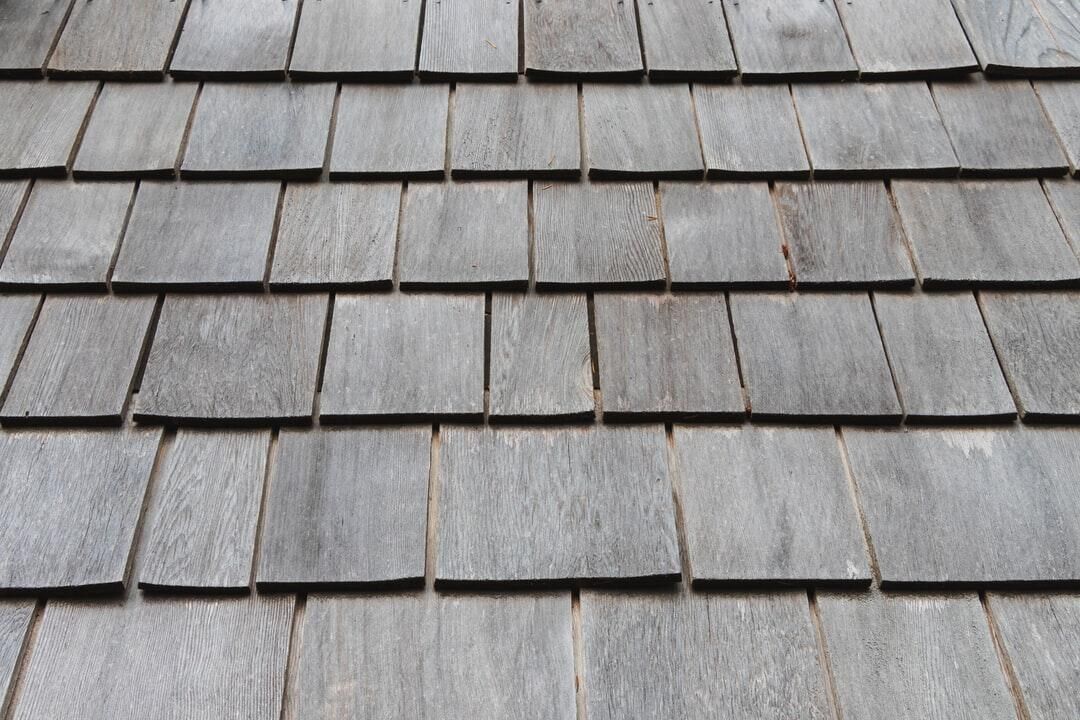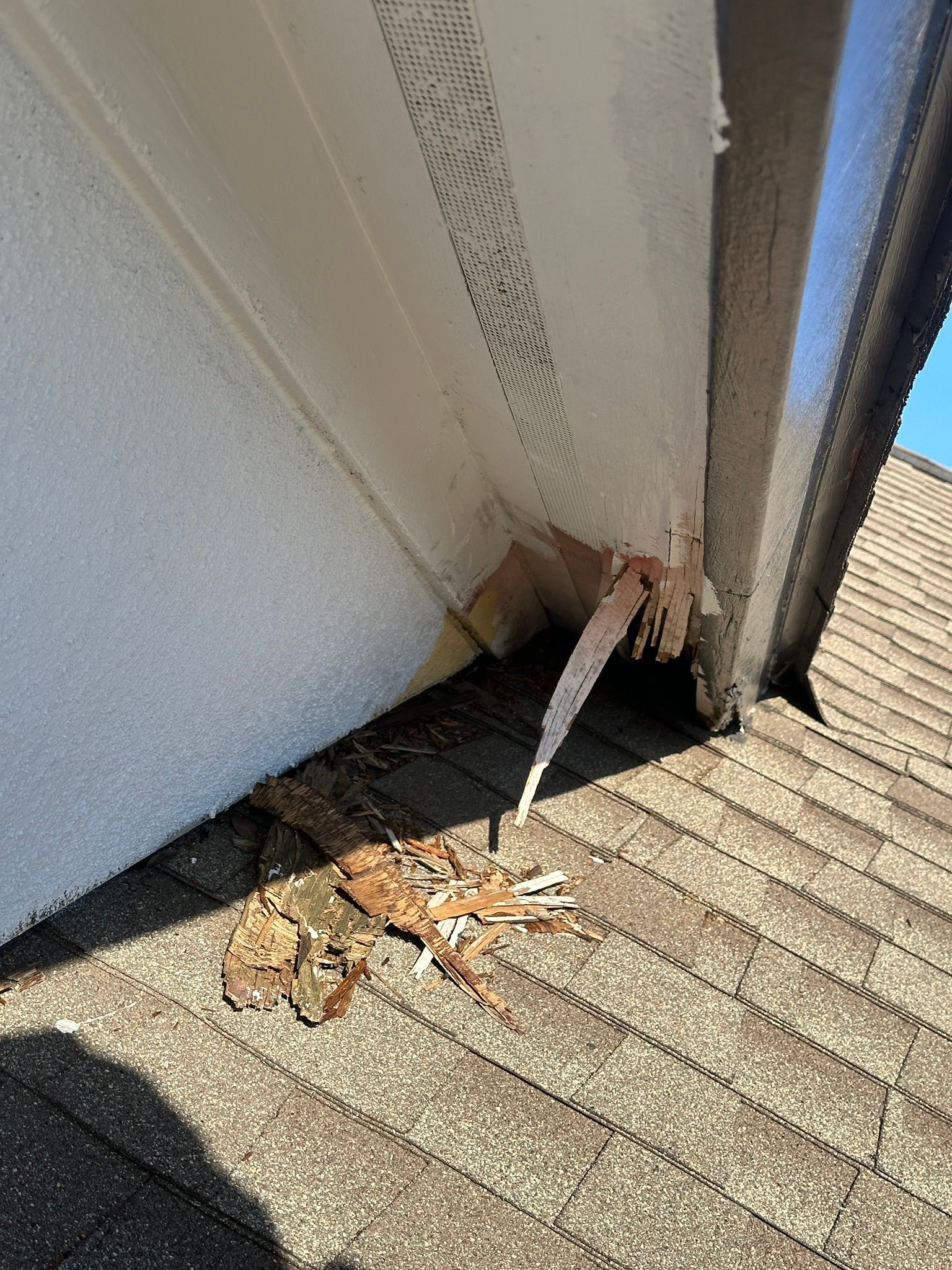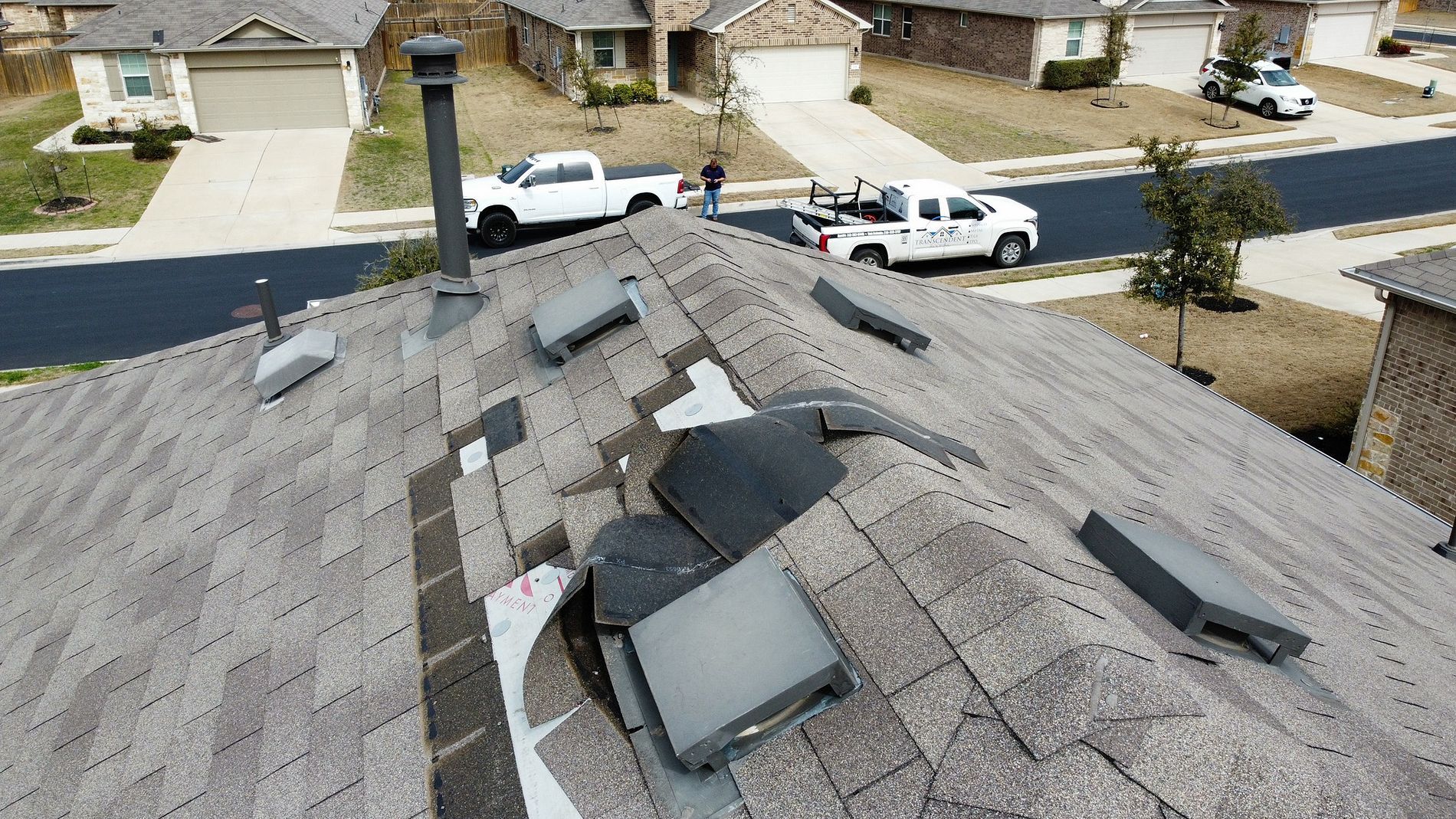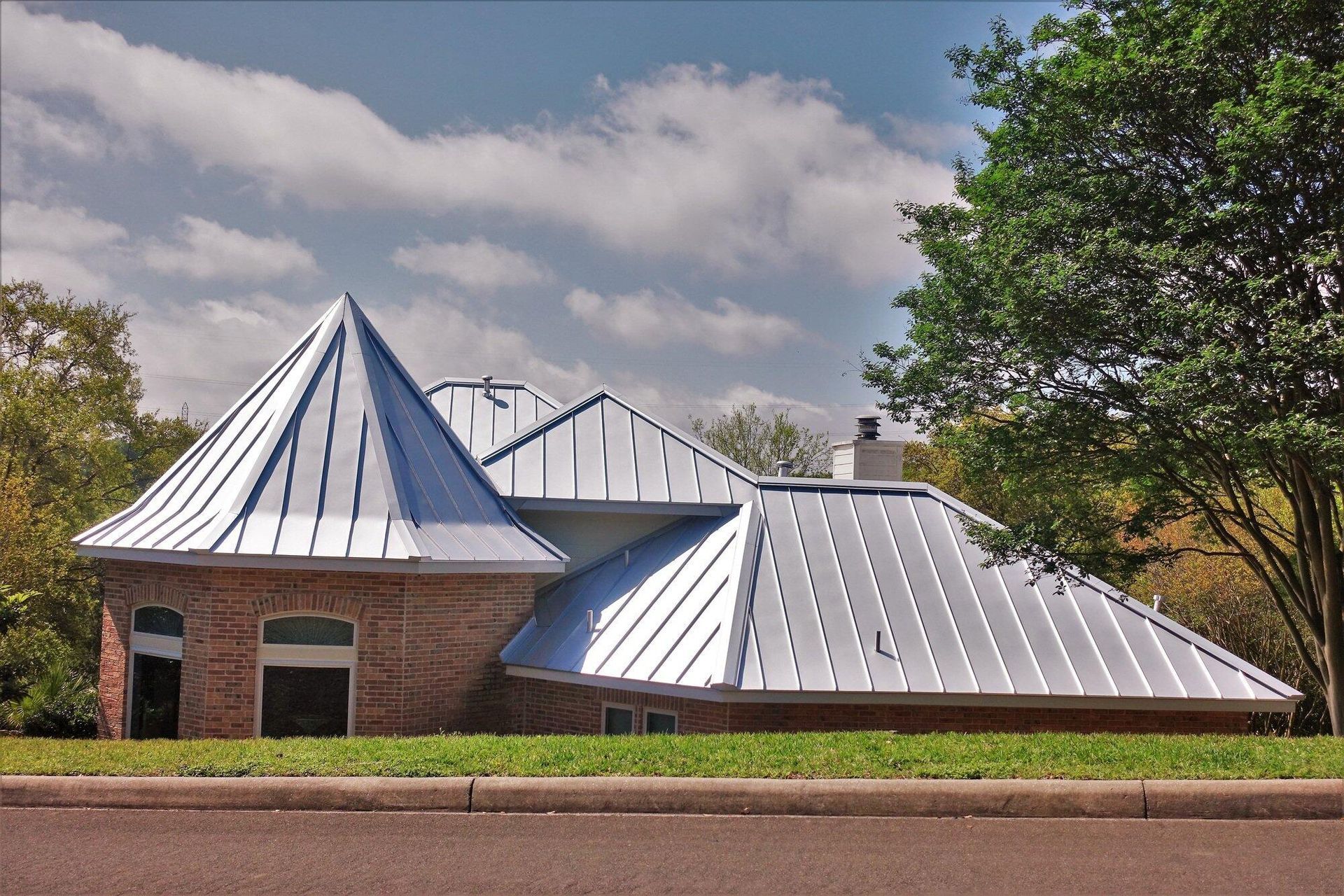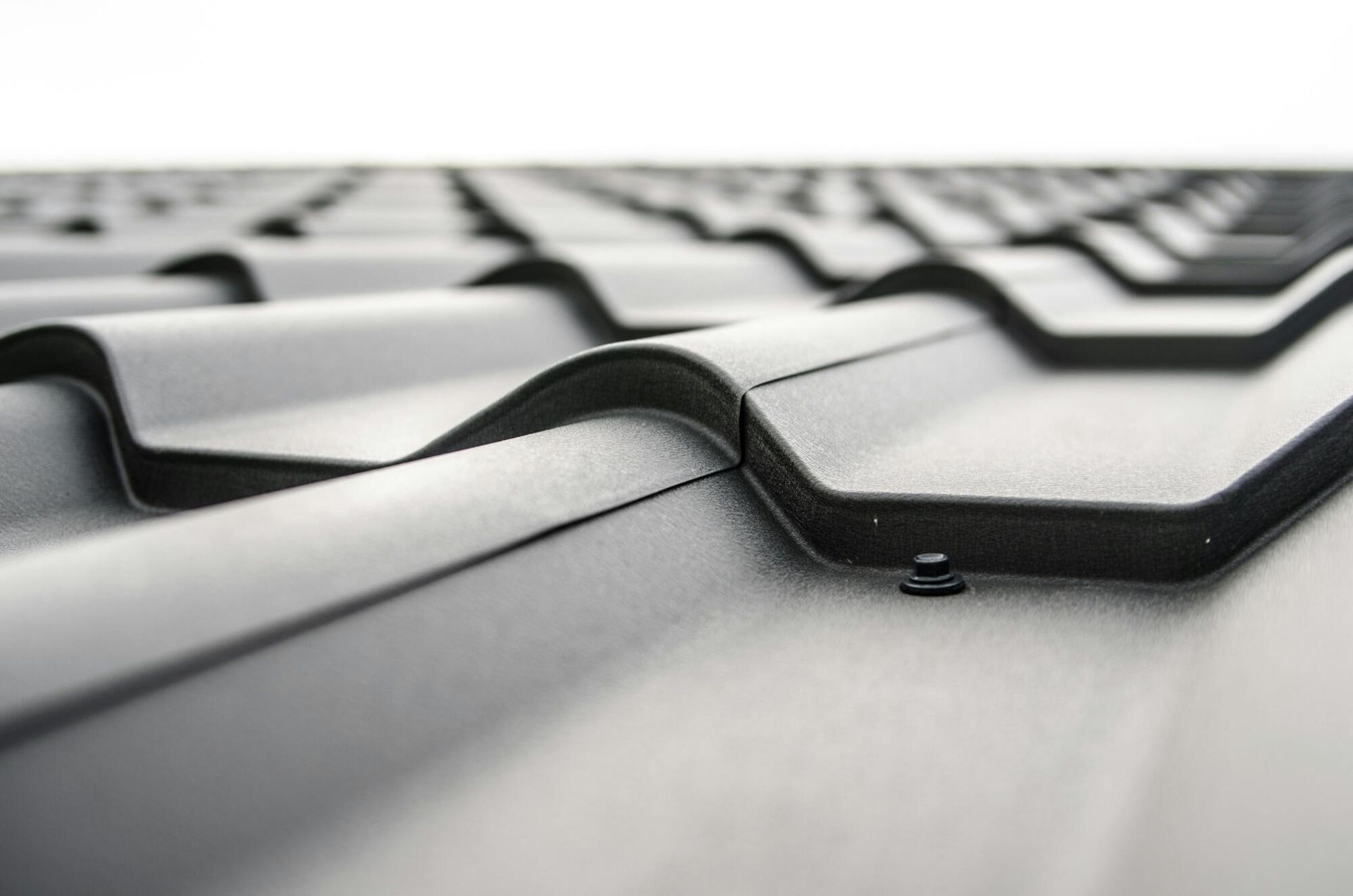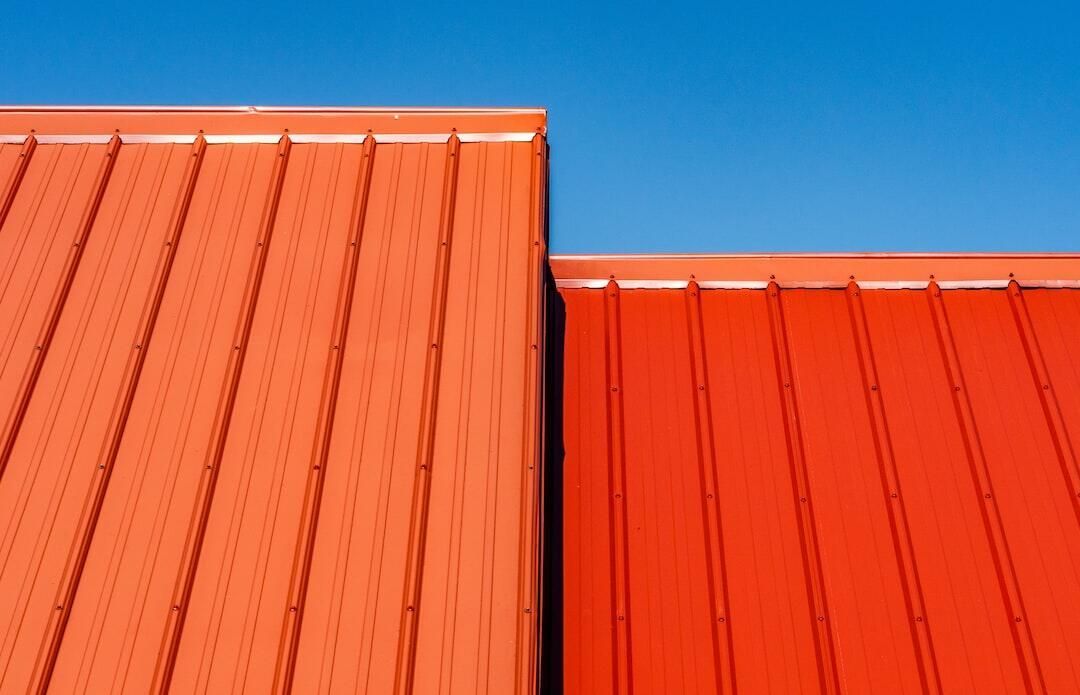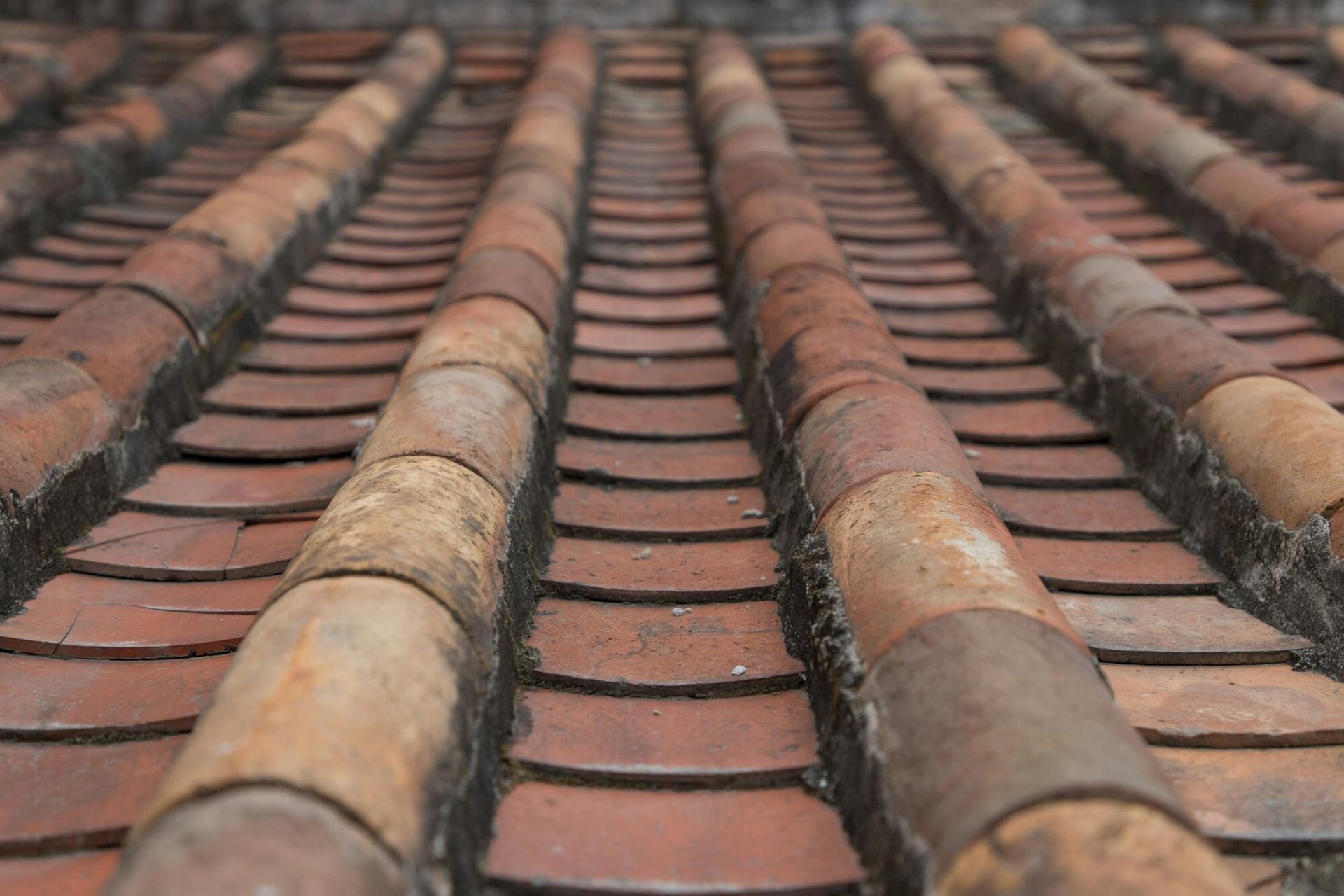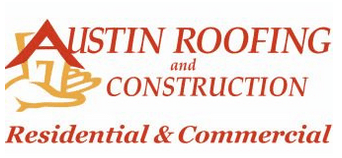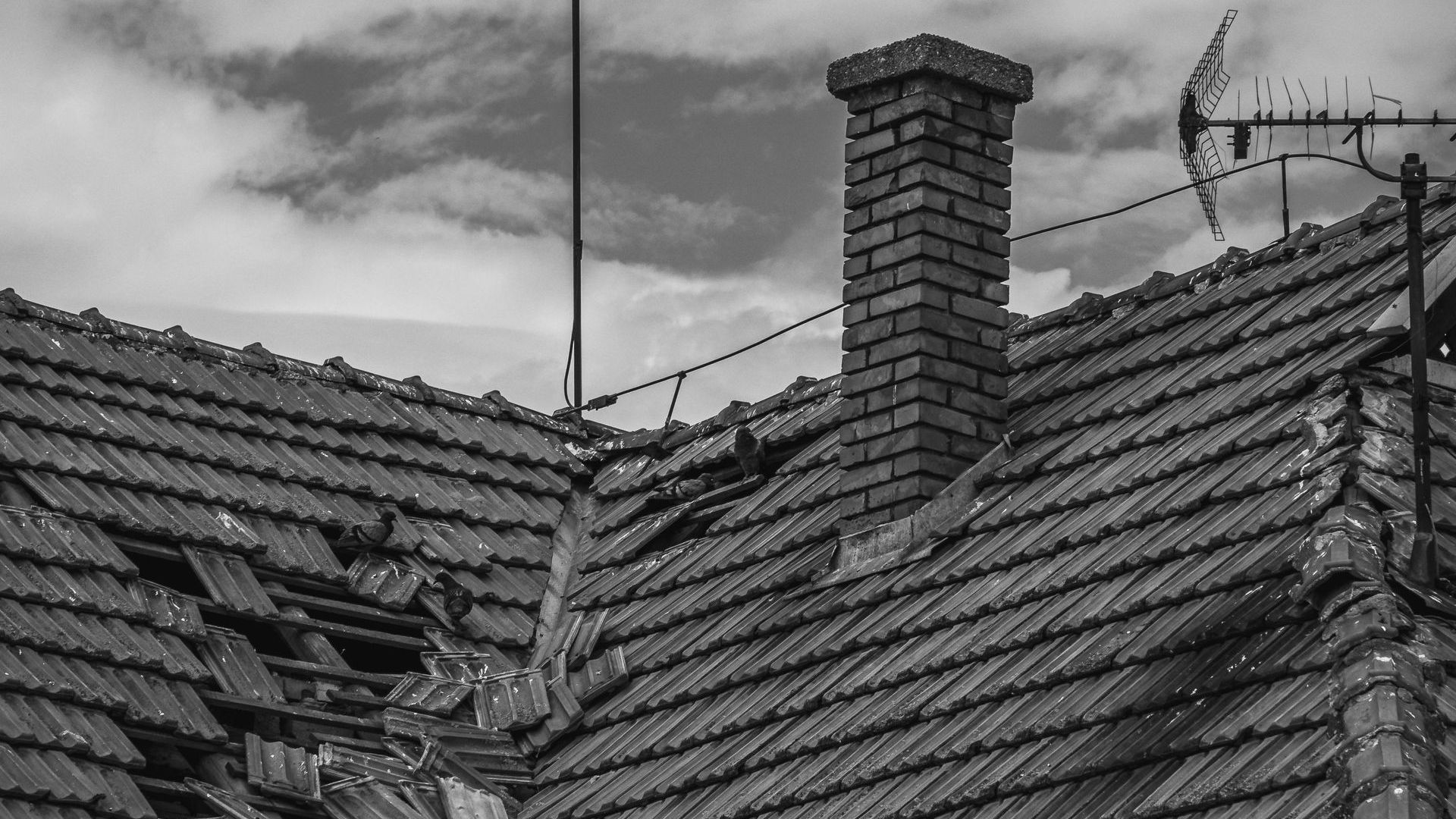The Ultimate Guide to Roof Maintenance: Protecting Your Home and Investment
Your roof is one of the most crucial components of your home, providing protection from the elements and contributing significantly to your home's overall structural integrity. Regular roof maintenance is essential to ensure longevity and prevent costly repairs. This guide will cover essential roof maintenance practices to keep your roof in top condition.
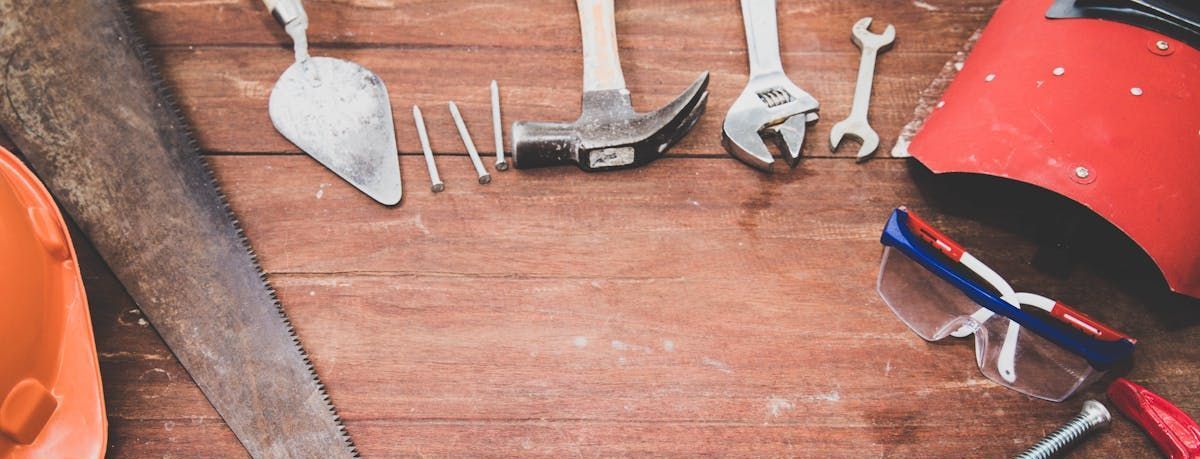
1. Regular Inspections
Routine roof inspections are vital for identifying potential issues before they escalate. Aim to inspect your roof at least twice a year (annually at minimum), preferably in the spring and fall when temperatures are less extreme. Look for:
- Damaged or Missing Shingles: Shingles that are cracked, curled, or missing should be replaced promptly to prevent leaks and further damage to the roof.
- Debris Buildup: Leaves, branches, and other debris can trap moisture and cause deterioration.
- Moss and Algae Growth: These can retain moisture and damage shingles, reducing your roof's lifespan. Additionally, they make your home look less aesthetically pleasing. Take a look at our article on GAF Stainguard shingles for more information on moss and algae growth on your roof.
- Flashing Issues: Check the flashing around chimneys, vents, and skylights for signs of damage or deterioration.
2. Cleaning Gutters and Downspouts
Clogged gutters and downspouts can lead to water backup, causing damage to your roof, fascia, and even your home's foundation. Clean your gutters regularly to ensure proper water drainage. If you notice any sagging or damage, repair or replace the gutters promptly. Clogged gutters can also result in leaks, rotten wood, unwanted critters, and serious damage to your roof.
3. Trimming Overhanging Branches
Trees that overhang your roof can pose several risks. Falling branches can damage shingles, and leaves can accumulate, trapping moisture. Regularly trim branches to prevent these issues and reduce the risk of animals accessing your roof. These branches and leaves can also result in clogged gutters.
4. Addressing Moss and Algae
Moss and algae can be unsightly and damaging to your roof. Check out this guide on how to remove moss and algae from your roof. While it is possible to DIY moss and algae removal it can be dangerous and is sometimes best left to a professional. Consider calling a professional to avoid harming yourself or damaging your roof.
5. Checking for Leaks
Inspect your attic regularly for signs of leaks, such as water stains, mold, or damp insulation. Addressing leaks promptly can prevent significant damage and costly repairs. Common leak sources include damaged shingles, flashing issues, and improper ventilation.
6. Ensuring Proper Ventilation
Proper roof ventilation is crucial for preventing heat and moisture buildup, which can lead to roof damage and decreased energy efficiency. Ensure that your attic has sufficient ventilation, including intake vents (e.g., soffit vents) and exhaust vents (e.g., ridge vents or attic fans).
7. Replacing Damaged Shingles
If you notice damaged or missing shingles during your inspection, replace them promptly to maintain your roof's integrity. If you're unsure about the extent of the damage or how to perform the repairs, consult a professional roofing contractor.
8. Applying Roof Coating
Roof coatings can extend the life of your roof by providing an extra layer of protection against UV rays, water, and other environmental factors. There are various types of roof coatings available, including acrylic, silicone, and elastomeric coatings. Consult a professional to determine the best option for your roof type and climate.
9. Hiring a Professional
10. Documenting Maintenance
While DIY roof maintenance can be effective for minor issues, some tasks are best left to professionals. Hire a reputable roofing contractor for a thorough inspection and maintenance at least once a year. Professional roofers have the expertise and equipment to identify and address issues that may not be apparent to the untrained eye. Take a look at this article for pros and cons of DIY repairs vs hiring a professional.
Keep a record of all roof maintenance activities, including inspections, repairs, and any professional services. This documentation can be helpful for warranty claims, insurance purposes, and future home sales.
Conclusion
Regular roof maintenance is essential for protecting your home and ensuring the longevity of your roof. By following these tips and staying proactive, you can prevent minor issues from becoming major problems and save money in the long run. Remember, your roof is a significant investment, and taking care of it is crucial for the overall health and value of your home.
